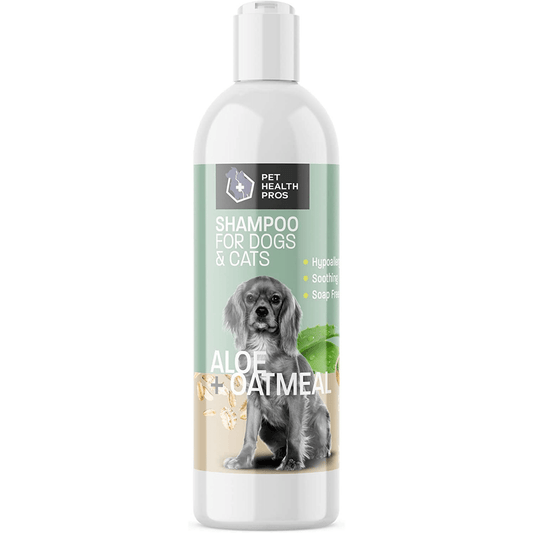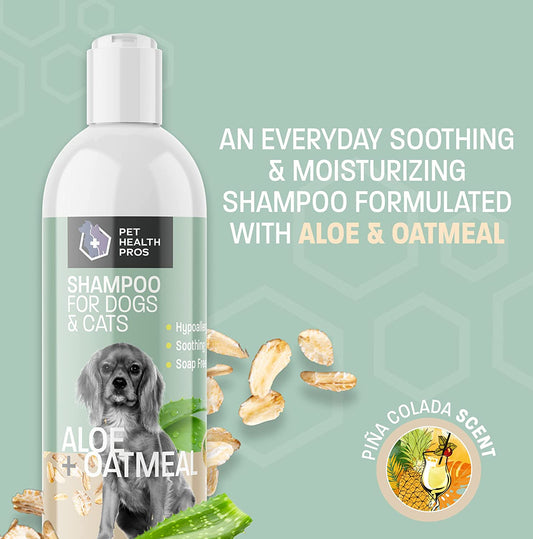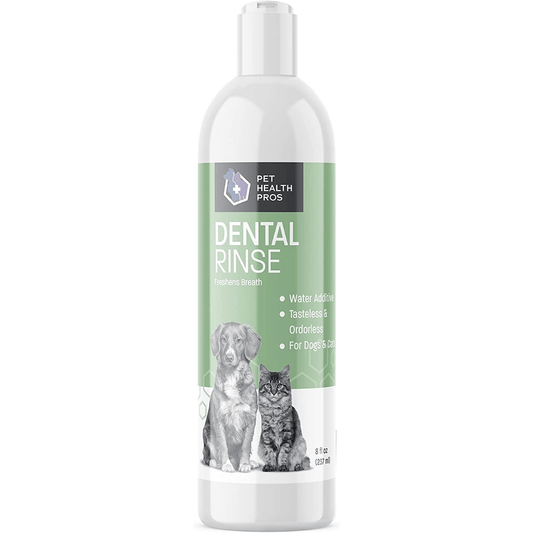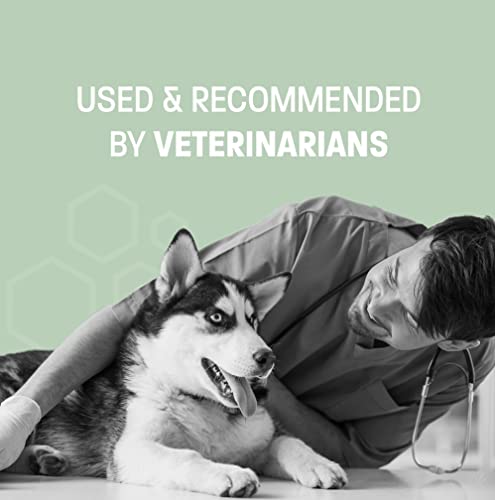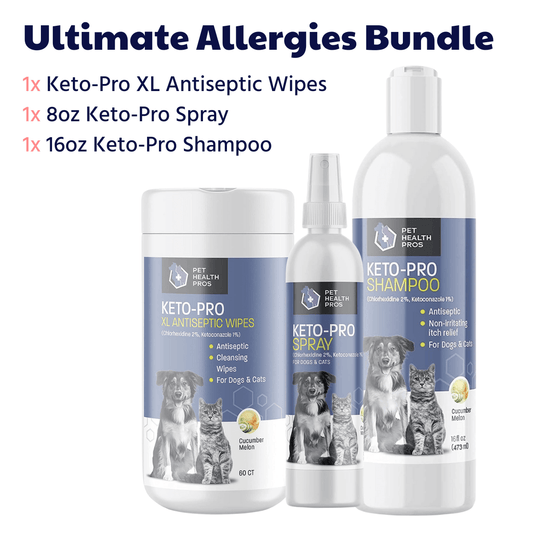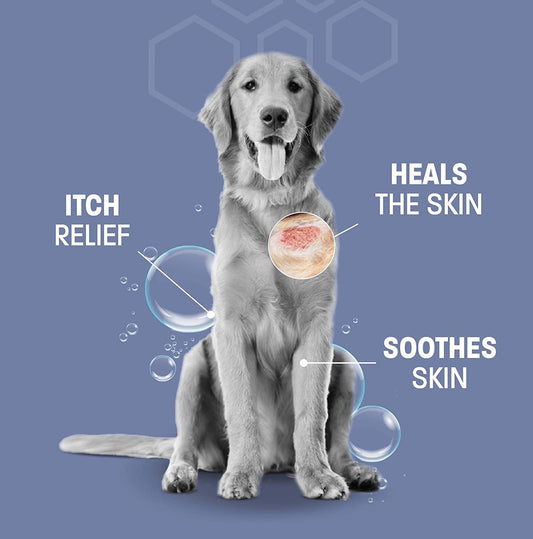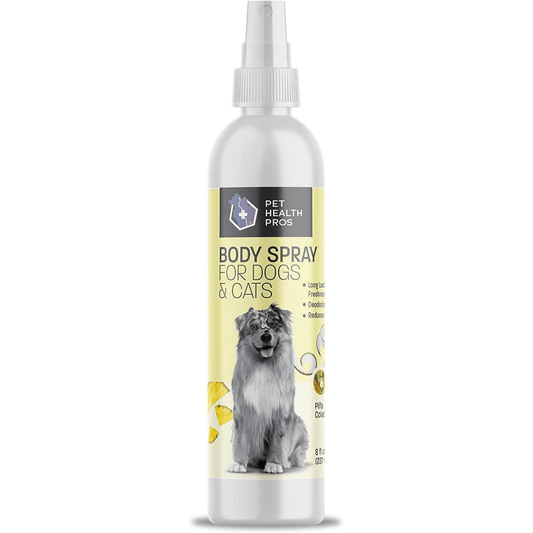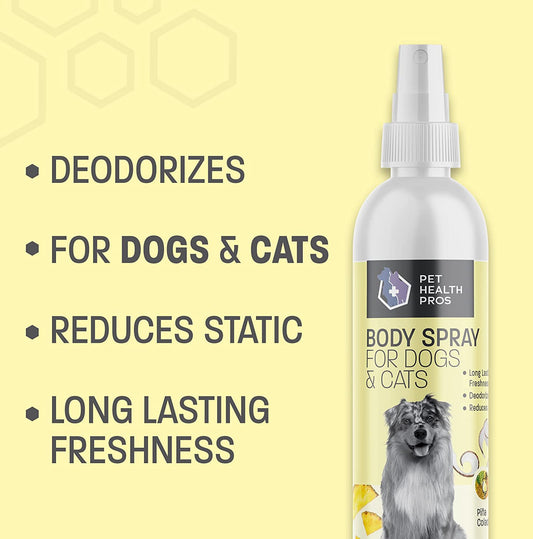Dog gingivitis is a common dental issue that affects many canine companions. Understanding the causes, symptoms, and prevention tips for dog gingivitis is crucial for maintaining your pet's oral health. In this article, we will delve into the diagnosis and treatment of this condition to ensure your furry friend's well-being.
Key Takeaways
- Regular veterinary examinations are essential for early detection and treatment of dog gingivitis.
- Dental X-rays can provide detailed insights into the extent of gum disease in dogs.
- Maintaining a consistent home dental care routine can help prevent and manage dog gingivitis.
- Professional dental cleanings are necessary to remove tartar and plaque buildup in dogs with gingivitis.
- Antibacterial therapy may be prescribed by veterinarians to combat bacterial infections causing dog gingivitis.
Understanding Dog Gingivitis
Causes of Dog Gingivitis
Gingivitis in dogs is primarily caused by the accumulation of plaque and tartar on the teeth. This buildup occurs when food particles and bacteria form a sticky film on the teeth, which, if not removed, hardens into tartar. Poor oral hygiene is a significant factor, as it allows plaque to persist and irritate the gumline, leading to inflammation.
Other contributing factors include:
- Misaligned teeth or overcrowded mouth, which can trap food and bacteria
- A diet lacking in crunchy foods that help clean teeth naturally
- Certain diseases, such as diabetes, that may predispose a dog to dental issues
- Genetic predisposition in some breeds
Age is also a relevant factor, as older dogs are more susceptible to developing gingivitis. Regular dental check-ups and proper dental care can help prevent the onset of this condition. It's important to recognize that bleeding gums in dogs most commonly indicate underlying dental or oral inflammation or disease.
Symptoms of Dog Gingivitis
Recognizing the symptoms of dog gingivitis is crucial for early intervention and treatment. The gums may appear red and swollen, a clear sign of inflammation. Owners might also notice their dog exhibiting discomfort while chewing or a reluctance to eat, which can lead to weight loss. Bad breath is another common symptom that should not be overlooked.
Halitosis, or persistent bad breath, is not just unpleasant but also a potential indicator of oral health issues. Dogs with gingivitis may also exhibit bleeding gums, especially during brushing or when chewing on hard toys or treats. It's important to monitor these symptoms closely and consult a veterinarian if they persist.
Early detection and treatment of gingivitis can prevent more serious dental diseases and contribute to your dog's overall health and well-being.
Prevention Tips for Dog Gingivitis
Preventing dog gingivitis is crucial for maintaining your furry friend's oral health and overall well-being. Regular dental check-ups with a veterinarian are essential to catch early signs of gum disease. Additionally, establishing a daily oral hygiene routine is key to preventing plaque and tartar build-up. This includes brushing your dog's teeth with canine-specific toothpaste and using dental chews that help clean the teeth mechanically.
Consistent oral care at home is the cornerstone of preventing gingivitis in dogs. It's not just about fresh breath, but about keeping your pet healthy and happy.
Another effective prevention strategy is providing a balanced diet that supports dental health. Some pet foods are specially formulated to reduce plaque and tartar. Moreover, consider incorporating dental toys and treats that promote chewing, as this natural action helps to clean the teeth. Remember, early intervention and a proactive approach can save your dog from the discomfort and health issues associated with gingivitis.
Diagnosing Dog Gingivitis
Veterinary Examination
A thorough veterinary examination is a critical step in diagnosing dog gingivitis. During the check-up, the vet will look for signs of redness, swelling, and bleeding in the gums, which are indicative of inflammation. They will also check for plaque and tartar accumulation that can harbor bacteria leading to gingivitis.
Regular vet check-ups for dogs can reveal surprising findings like dental issues, which are common and can lead to serious health problems if not addressed early.
The examination may include a review of the dog's medical history and a discussion about their diet and oral hygiene practices. It's important for pet owners to be aware that even subtle changes in their dog's behavior or eating habits can signal dental discomfort. Here's a list of common signs the vet will inquire about:
- Reluctance to eat hard foods
- Excessive drooling
- Bad breath
- Pawing at the mouth or face
If the initial examination suggests gingivitis, the veterinarian may recommend further diagnostic tests, such as dental X-rays, to assess the extent of the disease and to plan an appropriate treatment.
Dental X-Rays
Dental X-rays play a crucial role in diagnosing and assessing the extent of gingivitis in dogs. These images allow veterinarians to view below the gumline, an area not visible during a standard examination. By revealing the hidden structures of the teeth and supporting bone, X-rays can identify problems such as bone loss, hidden fractures, or deep tartar accumulation.
Intra-operative X-rays are particularly valuable during dental procedures. They confirm whether all areas of concern have been addressed before concluding the treatment. For instance, an X-ray during the procedure can show that the job is complete, or that there is more work to be done.
It is essential to use dental X-rays as part of a comprehensive dental health assessment to ensure no underlying issues are missed.
The frequency and type of dental X-rays required will depend on the individual dog's condition and history. A typical protocol may include initial X-rays to establish a baseline, followed by periodic checks to monitor any changes or progression of dental disease.
Gum Health Assessment
Following a thorough veterinary examination and dental X-rays, a gum health assessment is crucial in diagnosing dog gingivitis. This involves a detailed inspection of the gums to check for signs of inflammation, bleeding, or recession. Early detection and treatment are key to preventing progression to periodontitis, a more severe form of gum disease.
The assessment will typically include a probe measurement to determine the depth of any gingival pockets, which are spaces between the tooth and gum that can harbor bacteria. Healthy gums should tightly hug the teeth, and any deviation from this can indicate the presence of gingivitis.
To encourage good dental hygiene, consider these five tips: start early with dental care routines, use dental treats as part of a reward system, brush your dog's teeth regularly, offer dental-friendly food, and make routine visits to the vet. Keeping up with these practices can help maintain your pet's dental health and prevent gingivitis.
Treating Dog Gingivitis
Professional Dental Cleaning
Professional dental cleaning is a cornerstone in the treatment of dog gingivitis. This procedure, often referred to as a dental prophylaxis, involves the thorough cleaning of a dog's teeth and gums to remove plaque and tartar buildup. Veterinarians recommend this service annually or biannually, depending on the dog's oral hygiene and predisposition to dental issues.
During the cleaning, dogs are typically placed under general anesthesia to ensure their comfort and allow for a comprehensive cleaning. The process includes scaling to remove tartar from above and below the gum line, and polishing to smooth the tooth surface, which helps prevent future plaque accumulation.
After the procedure, pet owners are advised to maintain a consistent home dental care routine to support oral health and prolong the benefits of the professional cleaning.
It's important to note that while professional cleaning is effective, it can come with a significant cost. Pet owners should budget for this expense as part of their dog's regular health care. The table below outlines the potential costs associated with professional dental cleaning for dogs.
| Service | Average Cost (USD) |
|---|---|
| Initial Examination | $45 - $80 |
| Anesthesia | $70 - $120 |
| Dental Cleaning | $200 - $300 |
| Additional Treatments (if necessary) | $100 - $200 |
Remember, investing in your dog's dental health can prevent more serious health issues and lead to a happier, healthier life for your furry friend.
Antibacterial Therapy
Antibacterial therapy plays a pivotal role in the treatment of dog gingivitis. It involves the use of specific medications designed to combat the bacterial infections that contribute to gum disease. These medications are often prescribed after a professional dental cleaning to ensure that any remaining bacteria are addressed.
Antibiotics may be administered orally or applied directly to the gums. The choice of antibiotic and the duration of treatment depend on the severity of the infection and the individual dog's response to therapy. It's important to follow the veterinarian's instructions closely to prevent antibiotic resistance and ensure the best outcome for your dog's dental health.
Maintaining good dental hygiene for dogs is crucial to prevent tooth decay, gingivitis, oral tumors, periodontal disease, and broken teeth. Regular brushing, dental cleanings, and dental-friendly products are essential.
To support the effectiveness of antibacterial therapy, consider incorporating the following into your dog's dental care routine:
- Regular teeth brushing with toothpaste formulated for dogs
- Dental chews and toys that help reduce plaque and tartar buildup
- Routine veterinary check-ups to monitor gum health and catch issues early
Home Dental Care Routine
Establishing a consistent home dental care routine is essential for maintaining your dog's oral health and preventing the progression of gingivitis. Regular brushing is the cornerstone of this routine, ideally with a toothbrush and toothpaste specifically designed for dogs. Begin by introducing your dog to the taste of the toothpaste and the sensation of the brush, gradually working up to brushing a few times a week.
In addition to brushing, consider incorporating dental chews and toys that help reduce plaque and tartar buildup. It's important to select products that are safe and effective, as some can be too hard and risk damaging your dog's teeth.
The connection between dental health and diabetes in dogs is crucial. Dental problems can worsen insulin sensitivity, leading to complications. Regular dental care and a balanced diet are essential for a dog's overall health.
Lastly, a well-balanced diet plays a pivotal role in dental health. Provide your dog with a diet that supports their overall well-being, including their teeth and gums. Consult with your veterinarian to choose the best food options and to discuss the addition of dental health supplements if necessary.
Gingivitis in dogs can lead to serious dental health issues if left untreated. At Pet Health Pros, we offer a range of products specifically designed to combat gingivitis and promote overall oral health for your furry friend. From dental wipes to water additives, our solutions are vet-approved and made in the USA. Don't wait for the problem to worsen—visit our website today and explore our dental care products to ensure your dog's gums stay healthy and pain-free.
Conclusion
In conclusion, understanding and treating dog gingivitis is crucial for maintaining the overall health and well-being of our canine companions. By recognizing the signs, implementing proper dental care routines, and seeking professional veterinary advice when needed, pet owners can effectively manage and prevent this common dental issue. Remember, a healthy mouth leads to a healthier and happier life for our beloved pets. Let's continue to prioritize our furry friends' oral health to ensure they live their best lives possible.
Frequently Asked Questions
What are the common causes of dog gingivitis?
Dog gingivitis is commonly caused by plaque and tartar buildup on the teeth, leading to inflammation of the gums. Other factors such as poor dental hygiene, bacterial infections, and diet can also contribute to the development of gingivitis in dogs.
How can I tell if my dog has gingivitis?
Symptoms of dog gingivitis include bad breath, swollen or bleeding gums, yellowish-brown tartar on the teeth, and reluctance to eat hard food. If you notice any of these signs, it is important to consult a veterinarian for a proper diagnosis and treatment.
What can I do to prevent gingivitis in my dog?
Prevention tips for dog gingivitis include regular brushing of your dog's teeth, providing dental chews or toys for oral health, feeding a balanced diet, and scheduling routine dental check-ups with a veterinarian. These measures can help maintain your dog's oral hygiene and prevent the onset of gingivitis.
Is professional dental cleaning necessary for treating dog gingivitis?
Professional dental cleaning is often recommended for treating advanced cases of dog gingivitis where plaque and tartar buildup are extensive. The procedure involves scaling and polishing the teeth under anesthesia to remove the accumulated debris and restore oral health. Your veterinarian will assess the severity of the condition and recommend the appropriate treatment plan.
Can antibiotics help in the treatment of dog gingivitis?
Antibacterial therapy may be prescribed by a veterinarian to combat bacterial infections associated with dog gingivitis. Antibiotics can help reduce inflammation, control infection, and promote healing of the gums. It is important to follow the prescribed dosage and duration of the medication to effectively treat gingivitis in dogs.
What is a recommended home dental care routine for dogs with gingivitis?
A home dental care routine for dogs with gingivitis may include daily brushing with a pet-safe toothbrush and toothpaste, providing dental treats or chews for plaque control, and using oral rinses or gels to maintain oral hygiene. Regular monitoring of your dog's dental health and scheduling professional cleanings as needed can support the management of gingivitis at home.


